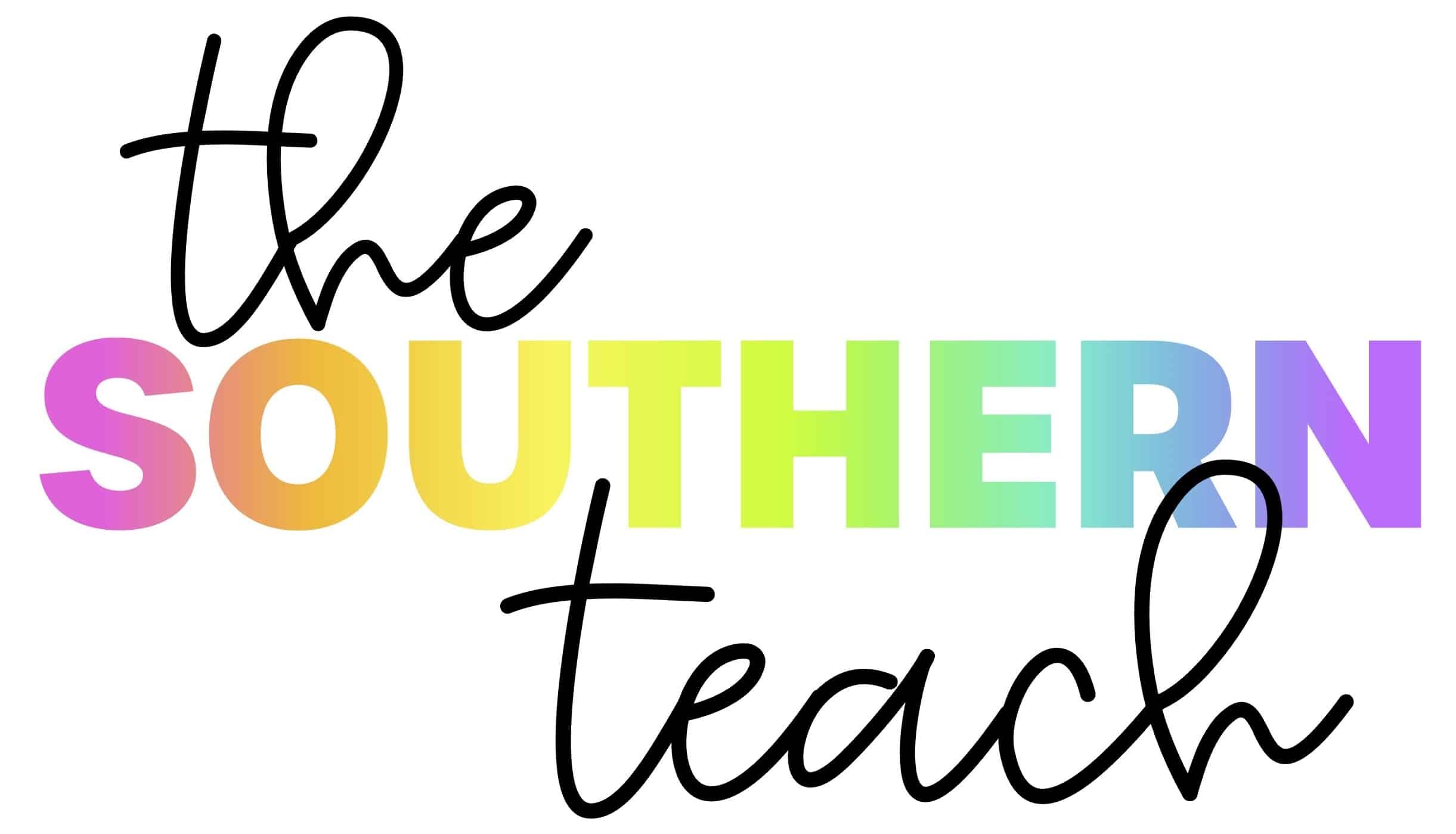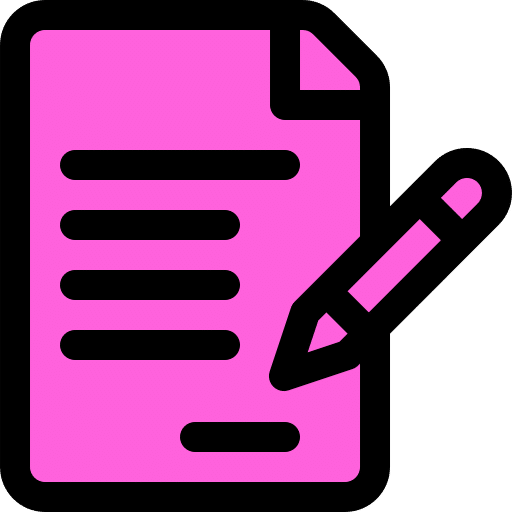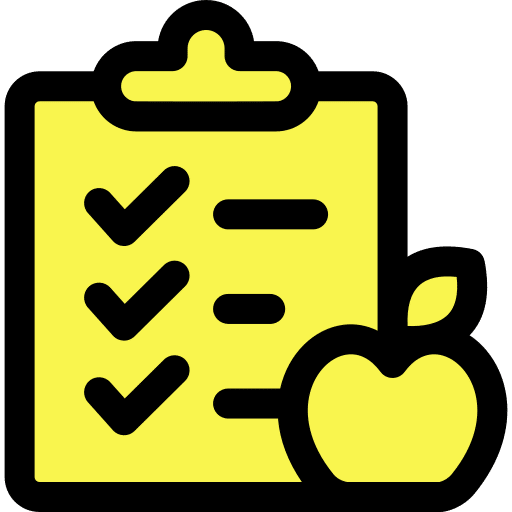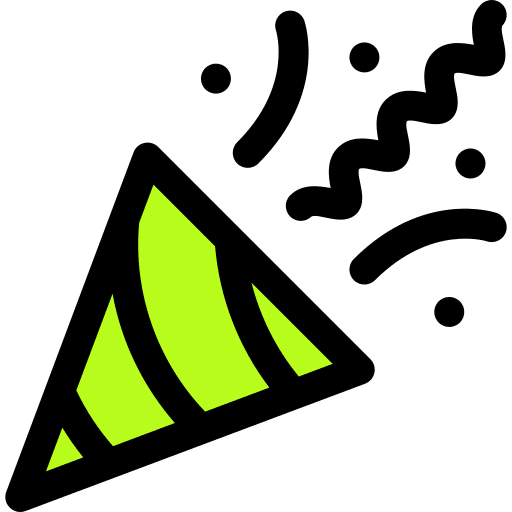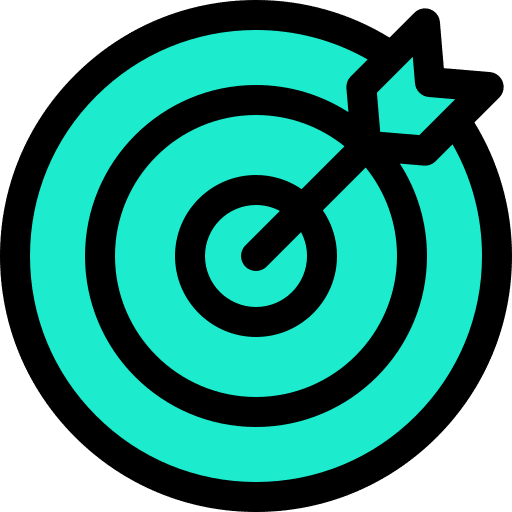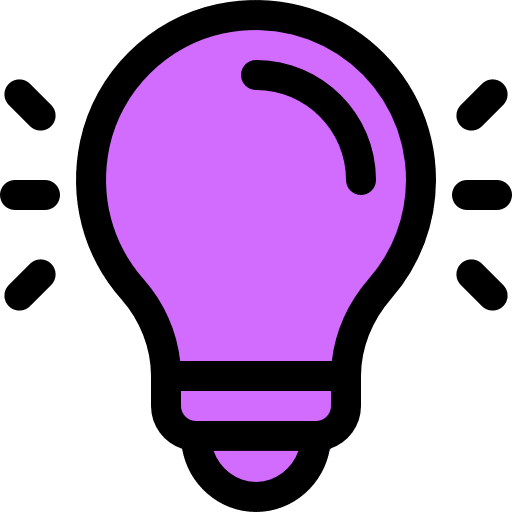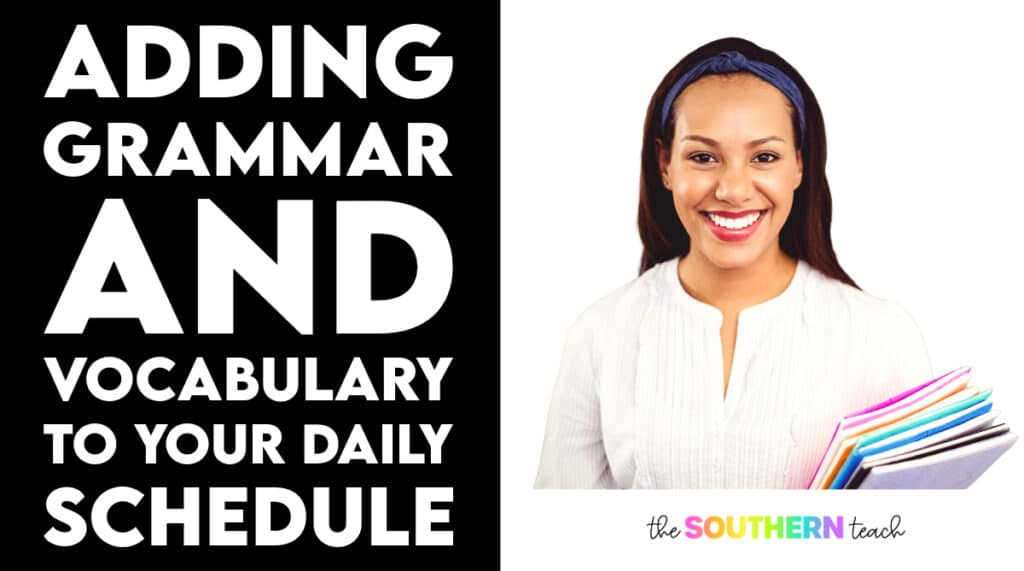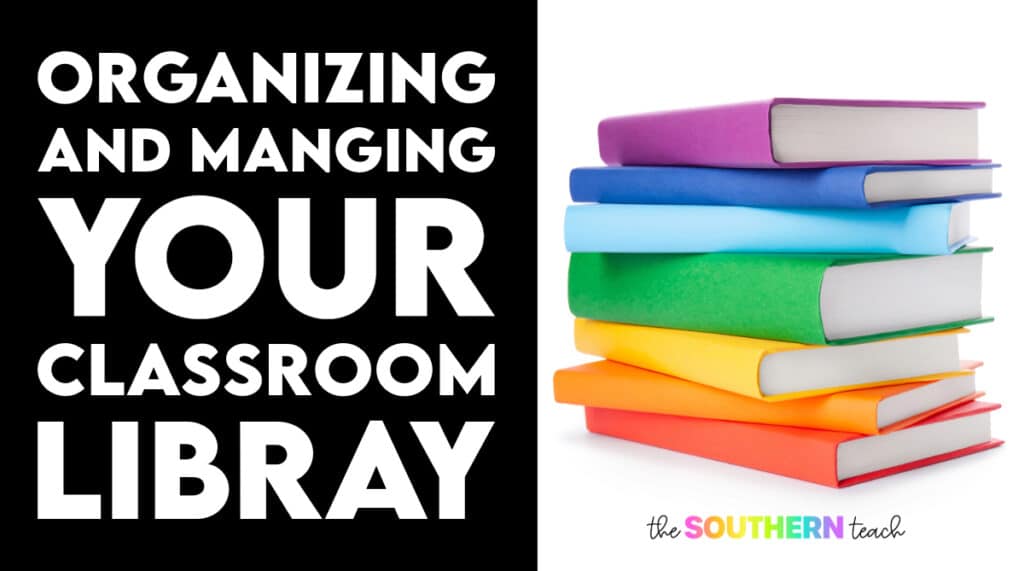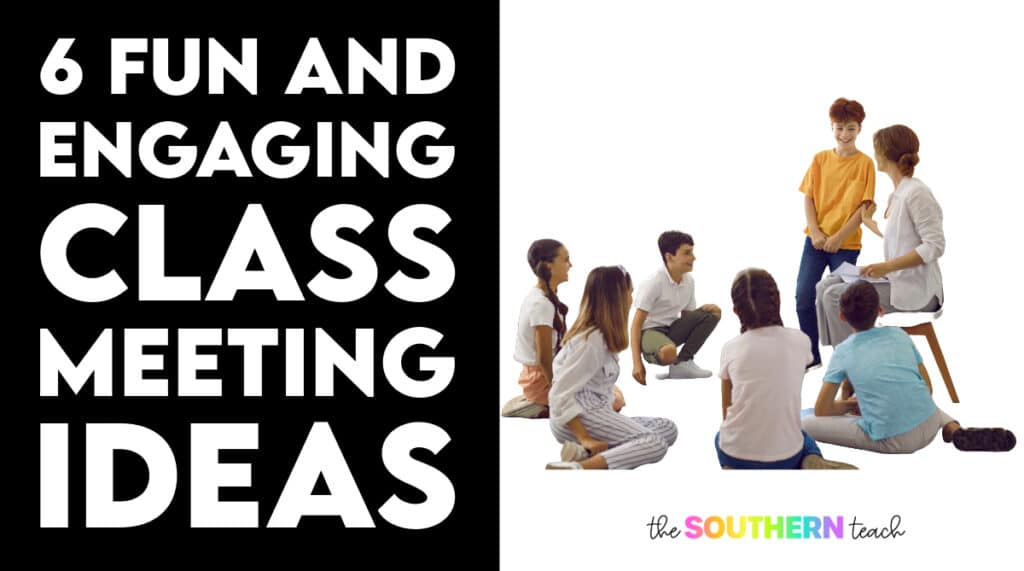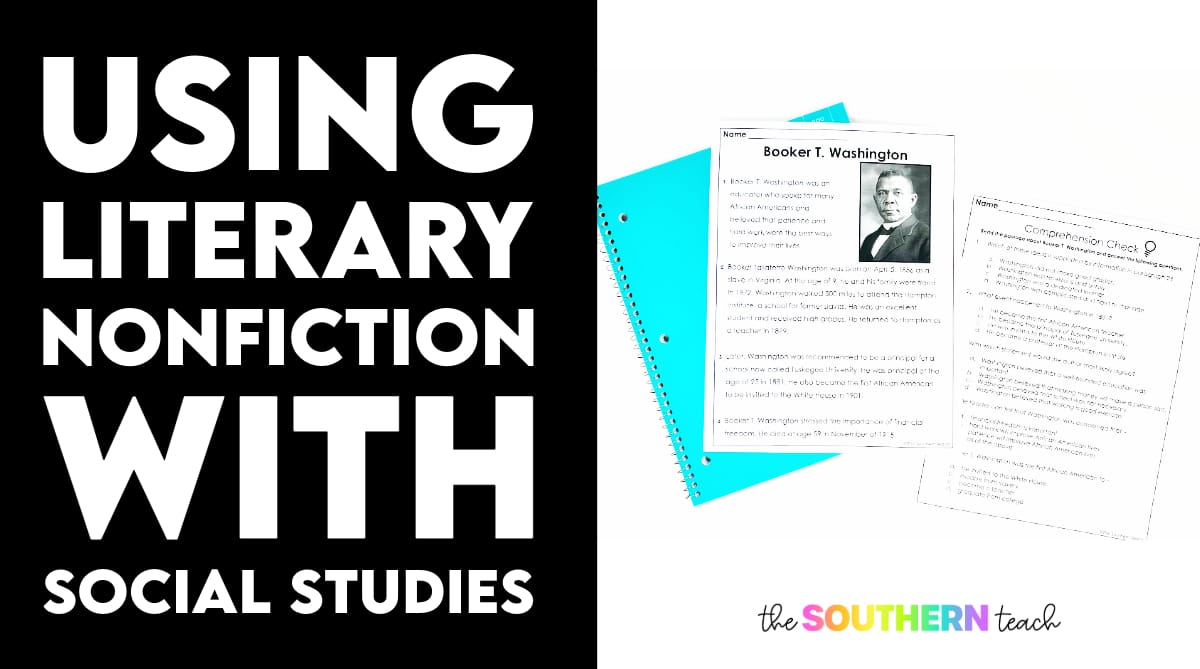
Using Literary Nonfiction in Social Studies
By Kirsten Hammond
Share This Post:
Literary nonfiction, with its unique blend of factual information and narrative storytelling, offers an exciting gateway to engage upper elementary students.
Join me as we dive into the characteristics, examples, and explore ways you can easily use and teach this fun genre in your social studies classroom.
What is literary nonfiction?
Literary nonfiction, often referred to as narrative nonfiction, is a genre that blends factual information with narrative storytelling techniques such as plot, characterization, setting, and figurative language.
It goes beyond traditional articles or newsletters that share informational text. Instead, it immerses readers in true stories about a person’s life.
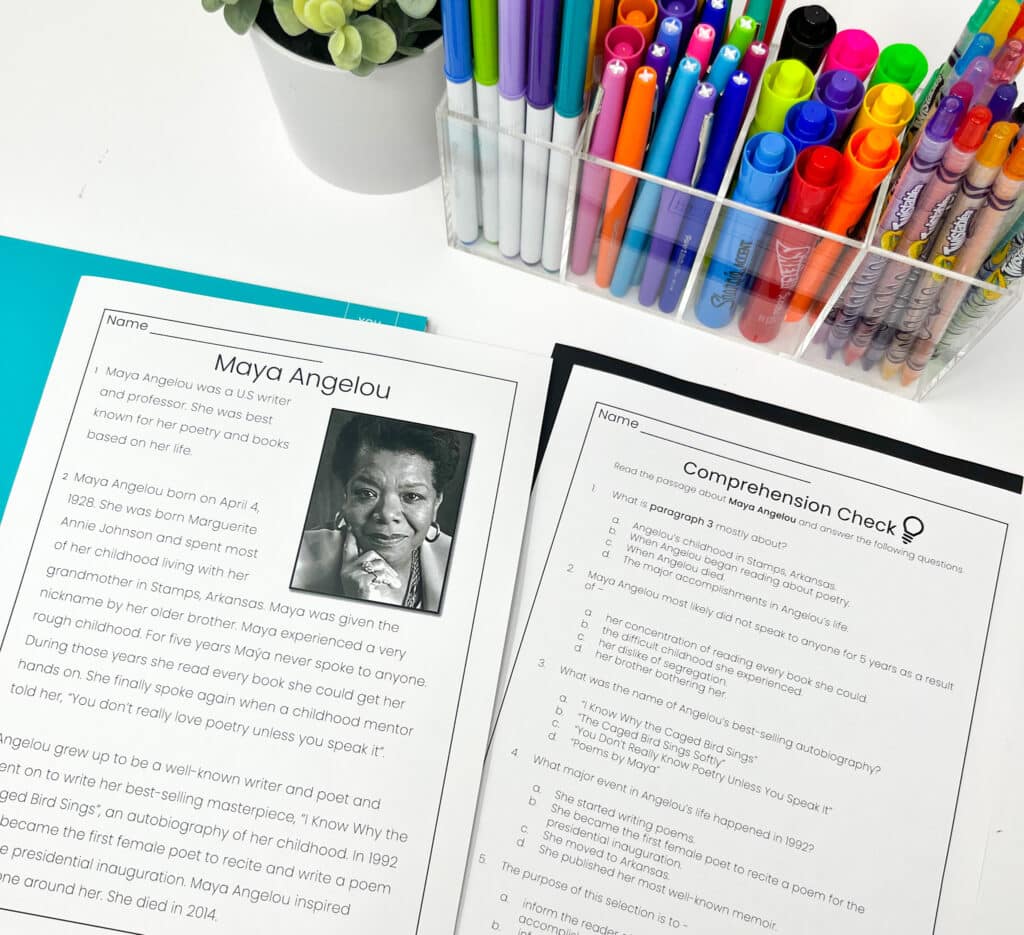
What are some characteristics of literary nonfiction?
Beyond the engaging narrative structure, it also provides an entertaining, honest, and detailed portrayal of a person’s life.
This genre transforms major events into fun and interesting narratives, using literary devices to create a vivid, novel-like experience for readers.
What are 3 types of literary nonfiction?
Biography
- Biographies offer a comprehensive account of a person’s life, covering aspects such as childhood, education, career, relationships, family, and death.
- Biographies are written in 3rd person point-of-view – another person is writing about a person’s life.
Autobiography
- Autobiographies provide a personal account of the author’s life in their own words.
- Autobiographies are written in 1st person point-of-view – the person is writing about their own life.
Memoir
- Memoirs focus on specific events or situations in the author’s life, providing an in-depth exploration of particular moments.
- Memoirs are written in 1st person point-of-view – the person is writing about smaller snippets or specific events in their lives.
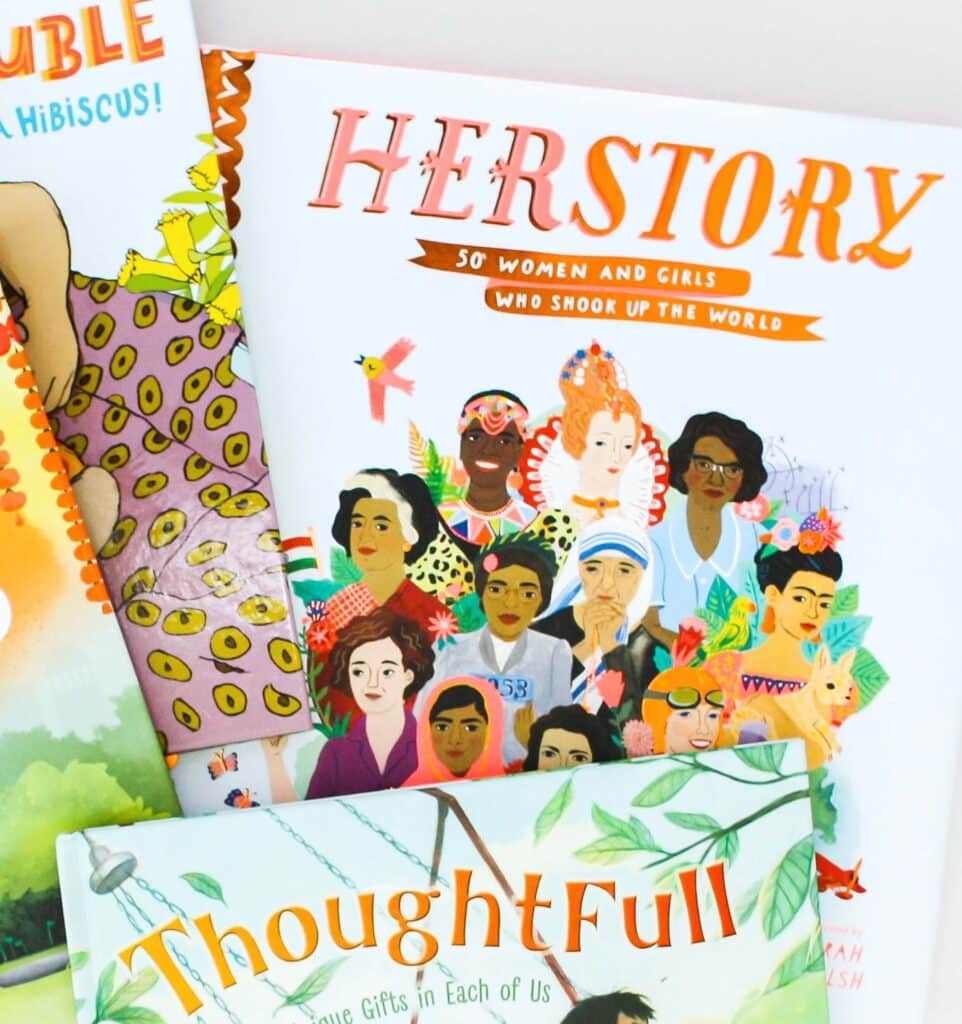
What about historical fiction?
- While not purely nonfiction, historical fiction incorporates real historical events into fictional narratives. The plot, characters, or setting of the story may be based on real events, but because the author made it up, it is not a true story.
- Notable Example: “Number the Stars” by Lois Lowry, blending fiction with the realities of World War II.
What are some tips to teach literary nonfiction?
To seamlessly integrate this genre into your social studies lessons, consider these interesting and fun activities that your students will love!
Literary Nonfiction Sort
- Provide excerpts from biographies, autobiographies, and memoirs for students to categorize in groups.
- Encourage students to justify and explain their choices before sharing the answers to each students.
- This is a great engaging activity before diving into characteristics and types of literary nonfiction.
Literary Nonfiction Unit Activities
- Utilize online platforms like Epic! to access a variety of literary nonfiction texts.
- Implement activities such as creating timelines, newsletters, recording interesting facts, and even incorporating elements of historical fiction for a comprehensive understanding.
- Check out these graphic organizers for upper elementary!
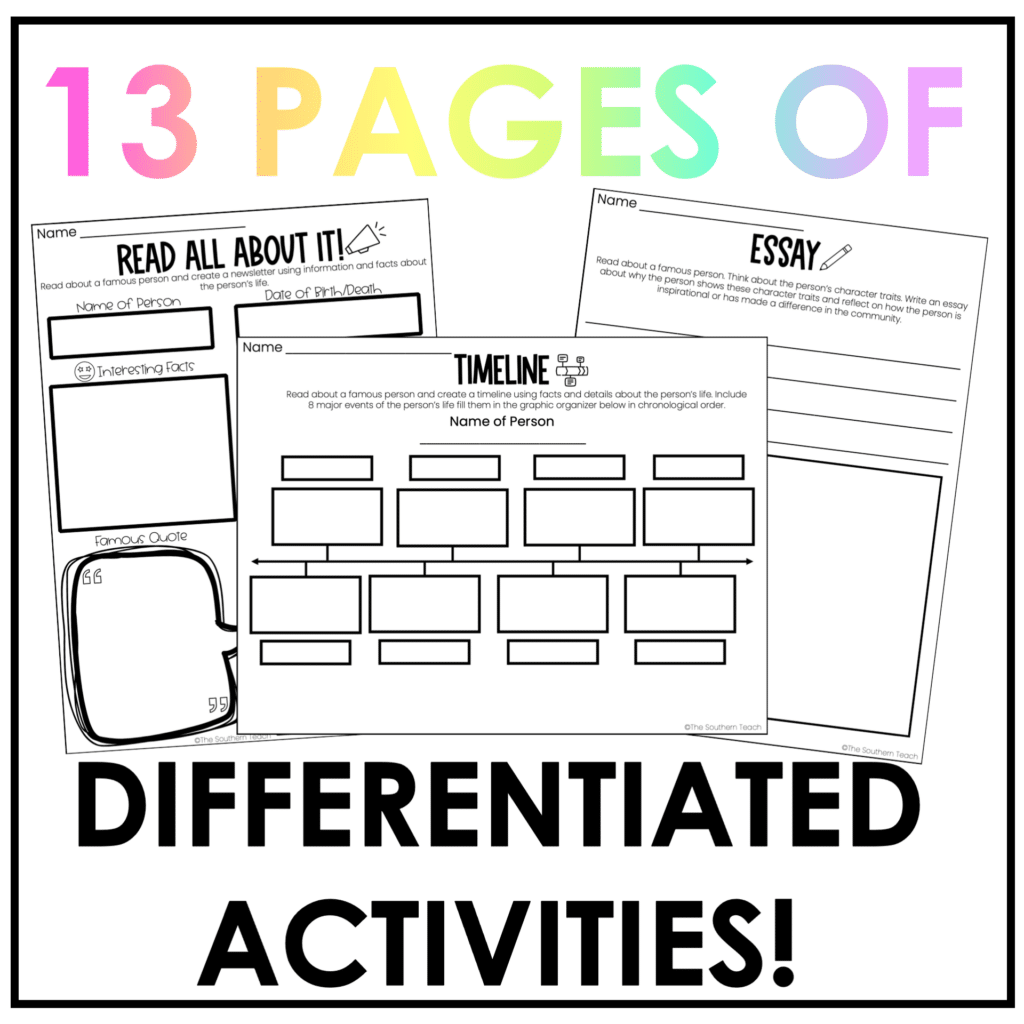
Literary Nonfiction Lap Book Project
- Encourage students to create lap books summarizing biographies of historical figures.
- Include elements like a timeline, illustrations, and important events to showcase a holistic understanding.
Incorporating literary nonfiction into your classroom not only enhances social studies lessons but also provides a seamless integration of ELA skills.
The genre’s narrative approach makes it a powerful tool for grabbing students’ interest while delivering valuable historical and cultural insights.
Try out these activities and resources to make literary nonfiction an enriching and engaging part of your curriculum!
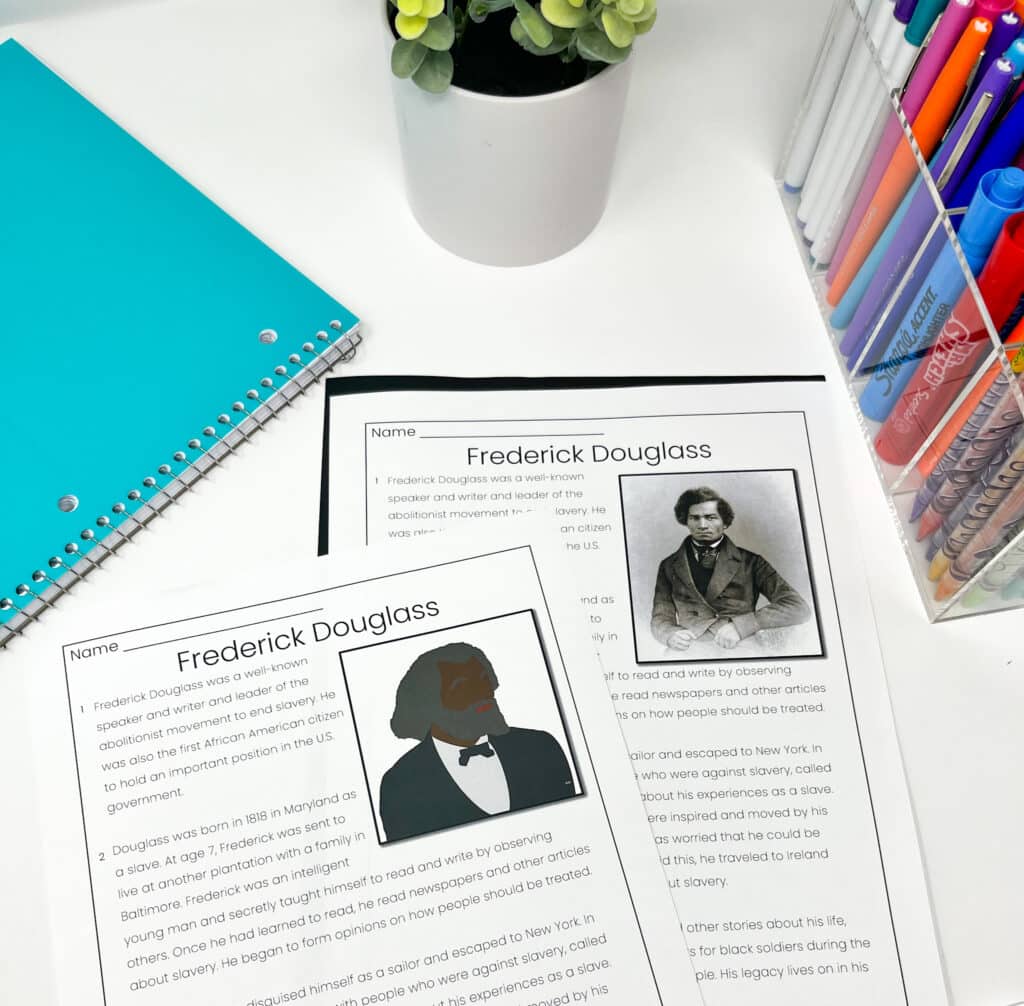
Interested in more reading and ELA tips? Check out these blog posts!
kirsten hammond
Kirsten is a former 3rd and 5th grade teacher who loves helping upper elementary teachers by creating resources and sharing ideas that are engaging, research-based, and TEKS-aligned. She is a work-from-home mama of 3 rambunctious little ones and loves running, true crime, and lots of coffee.
